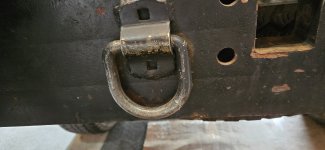ApeEater
Well-known member
- Joined
- May 18, 2020
- Member Number
- 22
- Messages
- 63
I mean you'd have to figure out time to figure out velocity in the first place.You were able to figure out the velocity of the vehicle. To figure out time maybe you could use a high tech tool like this-








